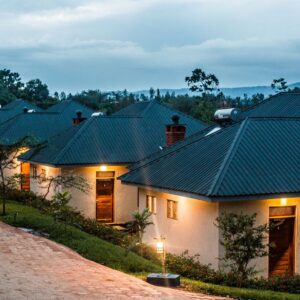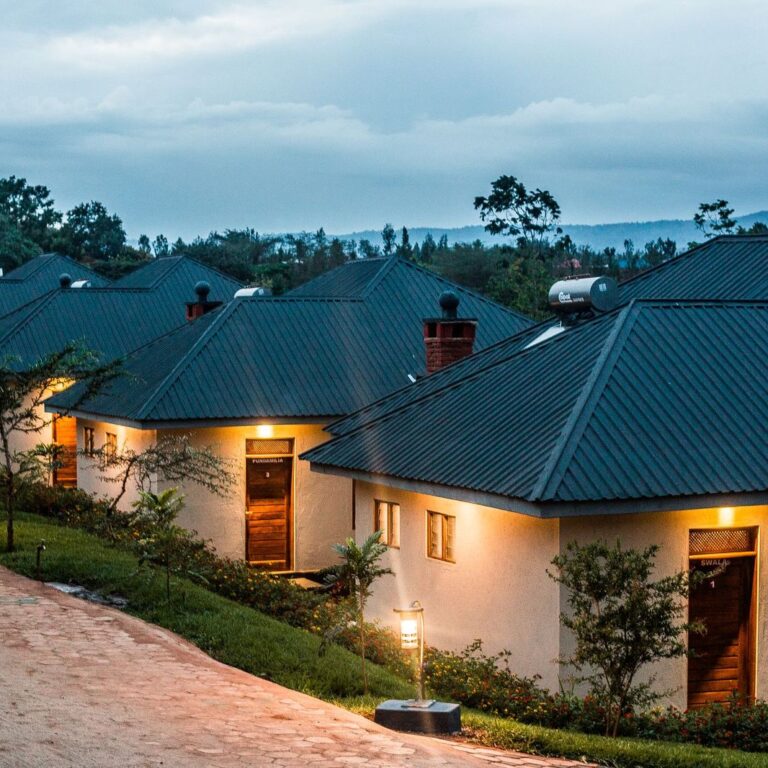Typical Day Walking Distance On Kilimanjaro Routes.
Embarking on a journey to conquer Mount Kilimanjaro involves careful consideration of the chosen route, each offering a unique trekking experience. In this detailed narrative, we explore the distances trekkers can expect to cover each day on popular Kilimanjaro routes, providing insights into the challenges, scenery, and success rates associated with each. Book your Kilimanjaro Expeditions with team of expert now online.
Mount Kilimanjaro, Africa’s highest peak, stands majestically in Tanzania, drawing adventurers from around the world. As you embark on this epic journey, understanding the daily distances covered on each route is crucial. Let’s delve into the specifics of Kilimanjaro’s various routes, their success rates, and the breathtaking scenery they offer.
Overview – How Far Do You Walk Each Day On Kilimanjaro Routes
Before delving into specific routes, it’s essential to understand the overall expectations for daily walking distances on Kilimanjaro. Typically, trekkers cover an average of 5 to 7 hours of walking per day, with distances ranging from 5 to 15 kilometers, depending on the chosen route and the day’s elevation gain. What is the Daily Schedule on Kilimanjaro?
Route | Length (Km) | Duration (Days) | Average Daily Length (Km) | Average Daily Elevation Gain (m) |
Machame | 65 | 6 to 7 | 9 | 700 |
Marangu | 70 | 5 to 6 | 14 | 1000 |
Rongai | 70.5 | 5 to 7 | 11.75 | 790 |
Shira | 72 | 6 to 8 | 10 | 630 |
Lemosho | 78 | 6, 7 to 8 | 9.75 | 530 |
Umbwe | 51 | 6 | 7 | 860 |
Northern Circuit | 96 | 9 | 10.75 | 700 |
- Daily Distances: Typically, climbers hike 6-8 hours per day, covering approximately 6-9 miles (10-15 kilometers)1.
- Duration: The climb can last between 5 to 9 days, depending on the chosen route and the group’s pace
Machame Route
Known for its scenic beauty, the Machame Route is a popular choice. Over six days, trekkers cover approximately 62 kilometers, with daily distances ranging from 9 to 15 kilometers. The varied landscapes, from lush rainforest to alpine desert, offer a visually captivating journey.
- Distance: The Machame Route spans about 62 kilometers (38.5 miles) in total.
- Daily Distances: On average, trekkers cover 10-15 kilometers (6-9 miles) per day.
- Scenery: The Machame Route offers diverse landscapes, from lush rainforests to alpine deserts. You’ll witness stunning vistas as you ascend.
Lemosho Route
The Lemosho Route, a longer and less-traveled option, spans around 70 kilometers over seven to nine days. Daily distances vary from 8 to 15 kilometers, providing ample time for acclimatization. Trekkers are rewarded with breathtaking views and diverse ecosystems.
- Distance: The Lemosho Route covers approximately 70 kilometers (43.5 miles).
- Daily Distances: Expect to hike 6-9 miles (10-15 kilometers) each day.
- Success Rates: The Lemosho Route boasts a 95% summit success rate, making it an excellent choice for climbers.
- Scenery: Lemosho treats you to breathtaking views and varied ecosystems, including Shira Plateau and Barranco Wall.
Northern Circuit Route
Regarded as the longest route, the Northern Circuit covers approximately 90 kilometers over eight to ten days. With daily distances ranging from 8 to 20 kilometers, this route offers extensive acclimatization opportunities and stunning panoramas of the untouched northern slopes of Kilimanjaro.
- Distance: The Northern Circuit is the longest route, spanning around 90 kilometers (56 miles).
- Daily Distances: Trekkers cover 10-15 kilometers (6-9 miles) per day.
- Scenery: This route offers unparalleled panoramas, circling the mountain’s northern slopes.
Marangu Route
The Marangu Route, often referred to as the “Coca-Cola” route, spans about 72 kilometers over five to six days. Trekkers cover daily distances of 10 to 20 kilometers, traversing through dense rainforests and volcanic landscapes, reaching the summit from Kibo Hut.
- Distance: The Marangu Route is approximately 72 kilometers (44.7 miles) long.
- Daily Distances: Hikers walk 6-8 miles (10-13 kilometers) each day.
- Scenery: Known as the “Coca-Cola Route,” it features lush rainforests and volcanic landscapes.
Umbwe Route
Known for its steep ascents, the Umbwe Route covers around 48 kilometers over six days. Daily distances vary from 5 to 12 kilometers, providing a challenging yet rewarding experience through the Southern Icefield and stunning Barranco Wall.
- Distance: The Umbwe Route spans about 53 kilometers (33 miles).
- Daily Distances: Expect to cover 6-8 miles (10-13 kilometers) daily.
- Scenery: Umbwe is steep and challenging, with dense forests and rocky terrain.
Rongai Route
The Rongai Route, approaching from the north, covers approximately 73 kilometers over six to seven days. Daily distances range from 8 to 15 kilometers, offering a less crowded trek with diverse landscapes and panoramic views.
- Distance: The Rongai Route is approximately 73 kilometers (45.4 miles).
- Daily Distances: Trekkers walk 6-8 miles (10-13 kilometers) per day.
- Scenery: Rongai offers a quieter experience, with stunning views of the northern slopes.
Shira Route
The Shira Route, known for its high starting point, spans around 56 kilometers over six to eight days. Daily distances vary from 7 to 15 kilometers, allowing trekkers to acclimatize gradually while enjoying stunning scenery.
- Distance: The Shira Route covers around 56 kilometers (34.8 miles).
- Daily Distances: Hikers cover 6-8 miles (10-13 kilometers) each day.
- Scenery: Shira provides a unique approach, starting at a higher elevation and offering panoramic vistas.
In summary, Kilimanjaro’s routes vary in distance, scenery, and difficulty. Choose wisely based on your preferences, fitness level, and desire for adventure. Whether you’re drawn to lush forests, rocky trails, or sweeping vistas, Kilimanjaro promises an unforgettable experience. Lace up your boots, breathe in the crisp mountain air, and conquer the Roof of Africa!
Success Rates:
Success rates on Kilimanjaro vary by route, influenced by factors such as acclimatization, weather conditions, and trekker preparation. Generally, success rates range from 60% to 85%, with better acclimatization opportunities on longer routes.
Scenery – Kilimanjaro Routes:
Each route on Mount Kilimanjaro offers a unique blend of landscapes and ecosystems. From lush rainforests and alpine deserts to glaciers and volcanic terrain, trekkers are treated to diverse and awe-inspiring scenery throughout their journey.
In conclusion, the choice of Kilimanjaro route significantly impacts the daily walking distances, acclimatization opportunities, and overall trekking experience. Trekkers should carefully consider their fitness level, preferences, and time constraints when selecting a route, ensuring a memorable and successful ascent of Africa’s highest peak.






